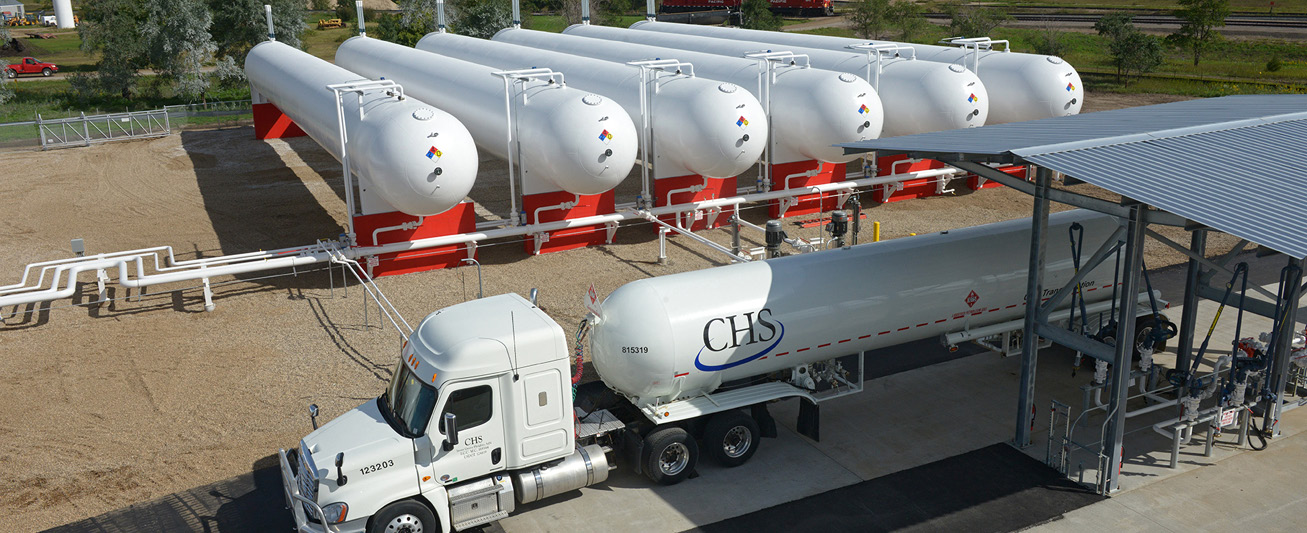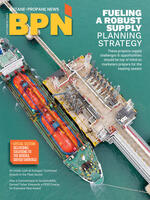
In the calm before the storm, it’s easy to reach a false sense of steadiness and security. Your operation is running smoothly and with what looks like smooth sailing ahead.
As we head into this fall’s harvest season, propane supply is plentiful. But with that plentiful supply comes a familiar pitfall. These conditions are where we start to see retailers and contractors turn on autopilot as they plan for their future supply. Warm winters and mild conditions tend to stick in their minds, and they start to lose sight of swings that could be coming down the pike. They contract off short-term memory, not strategy, and assume spot supply will provide a safety net to fill in the gaps, should they end up stuck in a pinch.
You may be tempted to do the same, but I’m here to remind retailers of a message that bears repeating: If you want to set your operation and customers up for success, do not get lulled into a false sense of security and become complacent in your contracting. Unexpected events and cold snaps will come. And while supply may be plentiful, with today’s global market pulling gallons around the world, the question for retailers isn’t, “Will there be enough supply?” Rather, it’s, “Will supply be available where I need it, when I need it?”
Thorough planning and early contracting are the best tools to prepare for the unexpected and will help stake a claim to ensure your customers have access to the gallons they depend on. Ahead are a few factors to keep in mind as you build a strategy for your next supply.
Don’t Bank on Spot Gas Supplies
For retailers, storing excess supply can get costly, and fast. Gallons are secured for those who contract in advance, but for those hoping to lift more last-minute, access isn’t guaranteed. And chances are, if you’re on the hunt for extra product, most other retailers will be too — especially during a cold snap.
It’s also best to keep in mind that when cold fronts come through and demand spikes, we also see new challenges emerge across the supply chain. Rail transports can’t move as quickly in cold conditions and trains are shortened to pull fewer rail cars. Diesel can start to gel, and equipment can malfunction, leaving delivery trucks stalled.
Refineries can also become a retailer’s competitor in the cold. Some operations opt to run facilities on propane when natural gas prices spike, keeping the product in-house rather than bringing those gallons to the marketplace. Not to mention, the constant pull for product overseas. With exports — especially to Asia’s growing petrochemical market — on the rise, retailers seeking spot gallons face increasing competition from global buyers as well.
With these infrastructure challenges and limitations, the supply chain might not be able to keep up with demand for spot gallons. Fail to contract adequately and you could find yourself at the end of an exceptionally long, slow-moving line.
Build a Data-Backed Baseline
After a few warmer-than-normal winters, it’s easy to lose sight of what your true demand in the field could be. You may know how much volume was needed last year or the year before, but when your region experiences a “normal” winter, will that demand surprise you? Building a baseline will help dial in on your true customer demand.
The key to contracting is planning for the highest demand probability across your customer footprint. That means building a baseline from the conditions you are likely to see in a “normal” year, not just the conditions you witnessed the previous year.
You may be thinking, “In today’s climate, what counts as ‘normal’ anymore?” While there’s no official formula, it’s best to pull from several years of volume and customer data to find an average. Did you gain or lose a major account? Did you set or pick up a significant number of tanks in that time? Review and analyze a three- or five-year average of volume sold in your territory each month to effectively determine your baseline, making sure to account for any key gains or losses in your customer base.
As you determine your baseline, it’s also important to review your operation’s capabilities. If a winter storm hit tomorrow and demand surged across your customer base, would you have enough bobtail drivers in the field? Do you have enough staff on hand to manage billing and customer service? Do you have enough storage in your yard to receive transport loads or holding tanks to cover your demand?
These factors can help build a holistic view of your customer base and their supply needs.
Tap Underused Technology
Technology, like tank monitors and routing software, is nothing new in the propane industry, but these tools often tend to be underused in supply planning and contracting.
Technology can be used to not only gain efficiencies in your operation, but also to build a more precise understanding of your customer base and the volume they use by logging real-time data from the field. Tank monitors provide a look at how many gallons your customers use in their homes and on their farms, while routing software can help track when and how frequently deliveries were made.
These tools can also help you track and understand changes in your customers’ propane usage. Did they build an addition to their home? Did they switch from an electric to a gas stove? Did they invest in a pool heater? Data and reports can help monitor potential changes in delivery rates and usage irregularities, which can signal changes in customer needs and that it may be time to update your supply baseline.
Regardless of the tools you use, an ongoing, data-driven, thorough analysis of your customer base will deliver a return on investment, helping you more accurately plan for changes in customer needs and provide the flexibility needed to meet shifts in demand.


